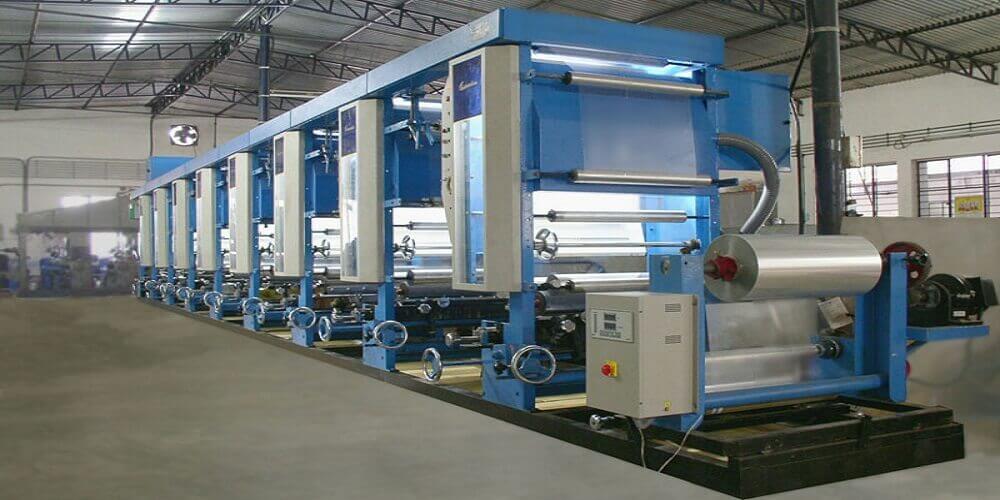Printing has gone from the traditional way of imprinting colors on substances with the use of perforated carton papers, paints, and brushes. The rotogravure printing cylinder is one of those amazing developments in the printing press. As a printer—beginner or expert—, who wants to enjoy a smoother and easier work level, this is a system you should know.
This article will show you everything about the rotogravure printing cylinder, how it works, the benefits of using it, and the kinds of materials you can use it on. Follow through the article for enlightenment.
What is a rotogravure printing cylinder?
A rotogravure printing cylinder is a printing tool that has been around for ages and has enjoyed tons of improvement and upgrades, used for retaining different pigments of ink for painting. The ink is held on to the cylinder with the use of tiny cells that expel the ink onto the substance on which the printing will be done.
The rotogravure printing cylinder has been around for years and has been used by several professionals and big names in the industry. Based on the advancements in the printing world, it is not becoming an even more accepted way of printing on thicker surfaces. Let’s take a look at the process.
How rotogravure printing cylinder works
The cylinder serves as the printing plate in other printing styles. With the rotogravure printing cylinder, the photo that is to be printed is etched onto the cylinder with a certain kind of acid. This photo is etched onto several cylinders in a pattern of cells. Each cylinder carries a different color but the same picture. When these cylinders are pressed against the substrate, they create an exact representation of what was etched on to the cylinders.
One thing you need to take your time with is the precision of the cells’ dimensions. You have to make sure they are precise to the solution or product you want to have. You must note that the deeper the cells, the thicker the color you will have on your substrate.
You will fill just the cells up with ink and leave the other parts of the cylinder clean. If there’s an area of ink on the other parts of the cylinder, you want to ensure that you have it properly cleaned and scraped before you start printing, or you will end up with rough work.
When the cells have pressed on your substrate and have recessed, the cylinder rotates back to fill the cells up with more ink for more printing. The process is repeated until all the printing work has been completed.
Rotogravure should not be mistaken for photogravure, which is a much cheaper version and variation of gravure, involving etching the photo on a copper, which is then wrapped around the cylinder before the whole printing process begins.
Conclusion
Rotogravure has been in use over the years and is still one of the standing printing methods till today. I hope this article helps you to properly understand how rotogravure works.
